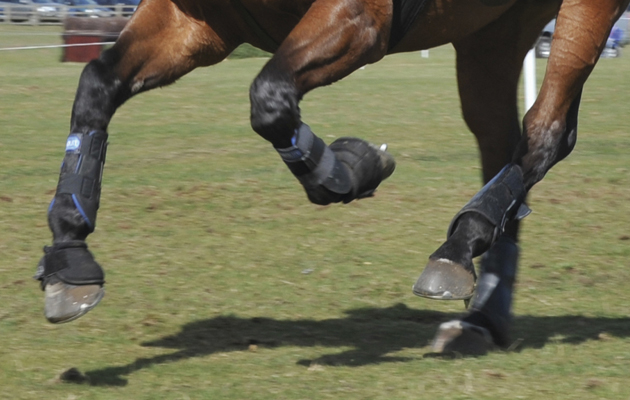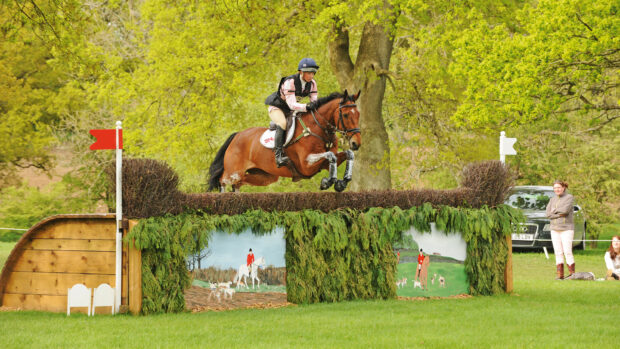Four-star event rider and multi junior and young rider European eventing medallist Georgie Spence provides one H&H forum user with some helpful advice on how to make the optimum time across country
Q: “Is there any way to make the optimum time across country on a chunky Irish Draught? We’re not really eventers but have been dabbling. I know my horse is built for comfort and not speed and he wont go faster than I ask (I’m also a wuss!). Is there a way we can work on improving our speed at home? At a recent competition the optimum pace was 450m per minute. We managed 354m per minute on average. I can’t put a weaker bit in as we go round in an eggbutt snaffle, cavesson noseband and Irish martingale.”
Georgie says: “There are always ways to improve your speed. Even if your horse is naturally slow, the one thing you don’t want to do is waste time. So if you can save a quarter of a second on the approach and landing of every fence, with a 20 fence course, that is five seconds, or two BE time-faults saved.
“You need to walk the ‘racing line’ when you walk the course. Look at how F1 drivers drive the track — its not always the shortest line that is the quickest. Take one less pull coming in to fence, and make sure you land and kick away — don’t wait a stride after the fence before you ask your horse to move forward.
Continued below…
Related articles:
“So the main thing is to teach your horse to go forward. You need to be able to squeeze with you legs and they react and go forward. Think how sensitive horses are when a fly lands on them and aim for getting that sort of reaction from them when you put your leg on. It’s just a case of teaching them what the leg means. You need to follow up a soft squeeze/kick with a harder one, until they react, in training a tap with the whip can help.
“Another thing to try is to get someone to time you, so you can practise the speed. Find a place you horse is most happy to move forward, for example, following another horse having a canter in a field. Practise things that make him want to choose to go forward, but try not to exhaust him. Do short sharp spells so then he will enjoy it, rather than thinking going forwards is tiring.”




